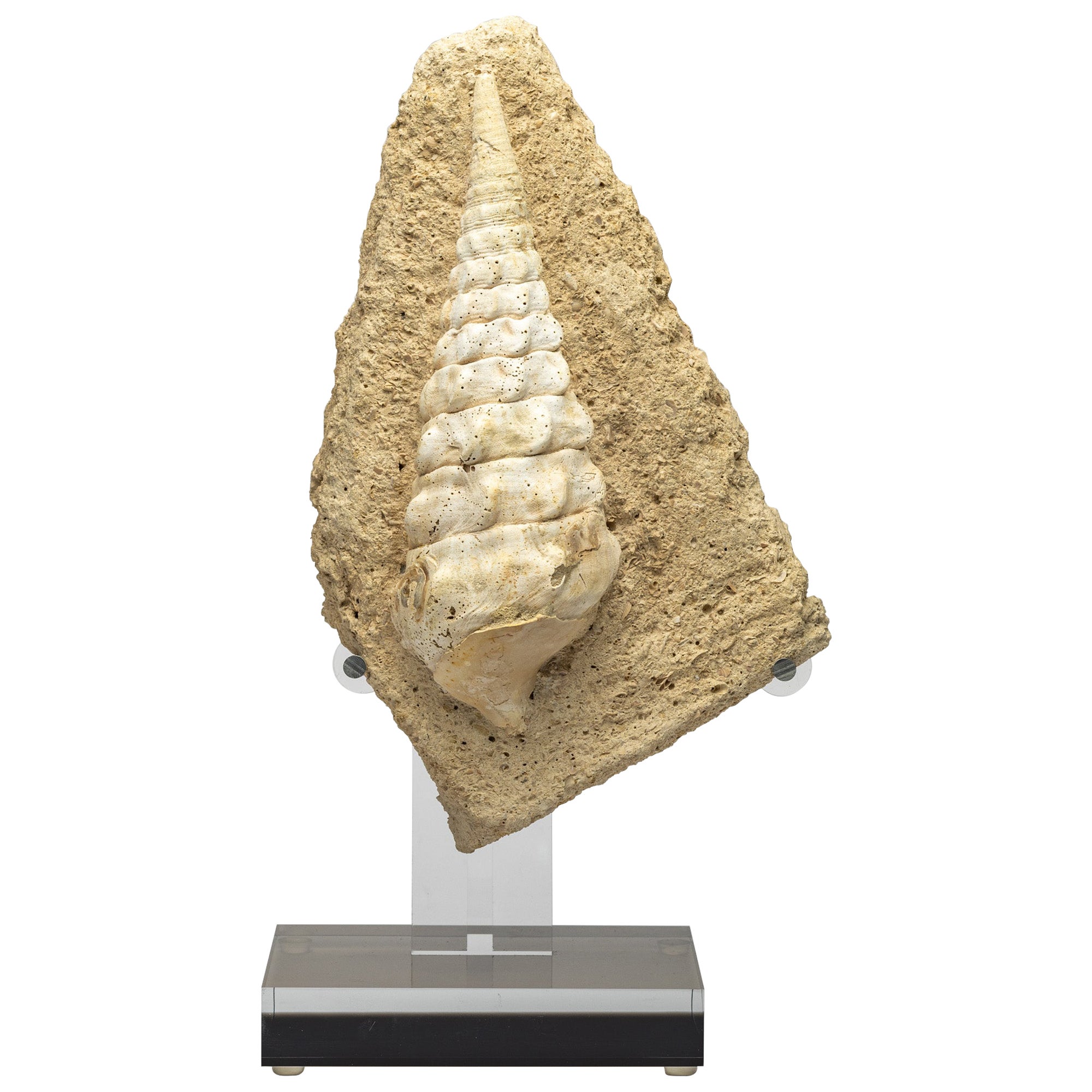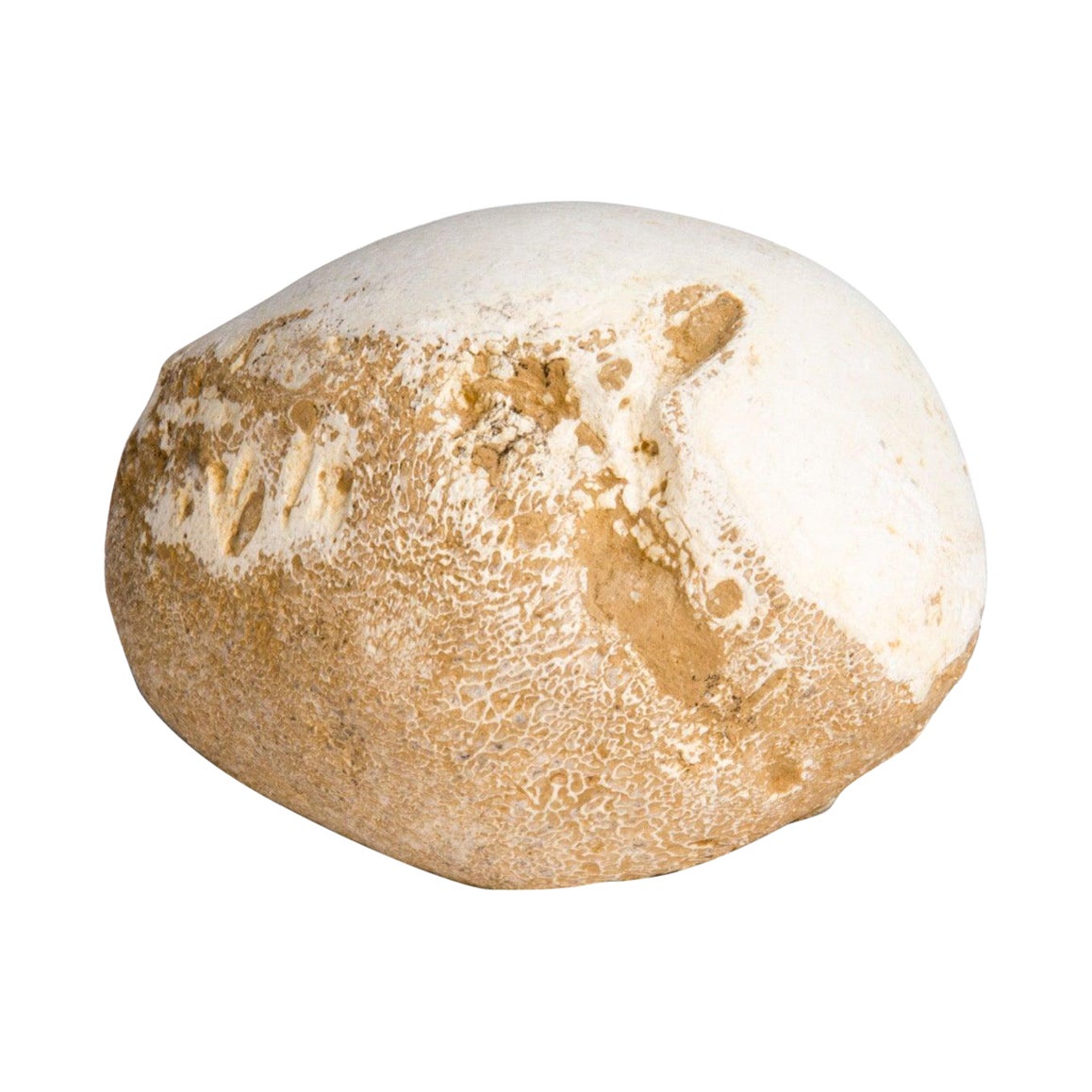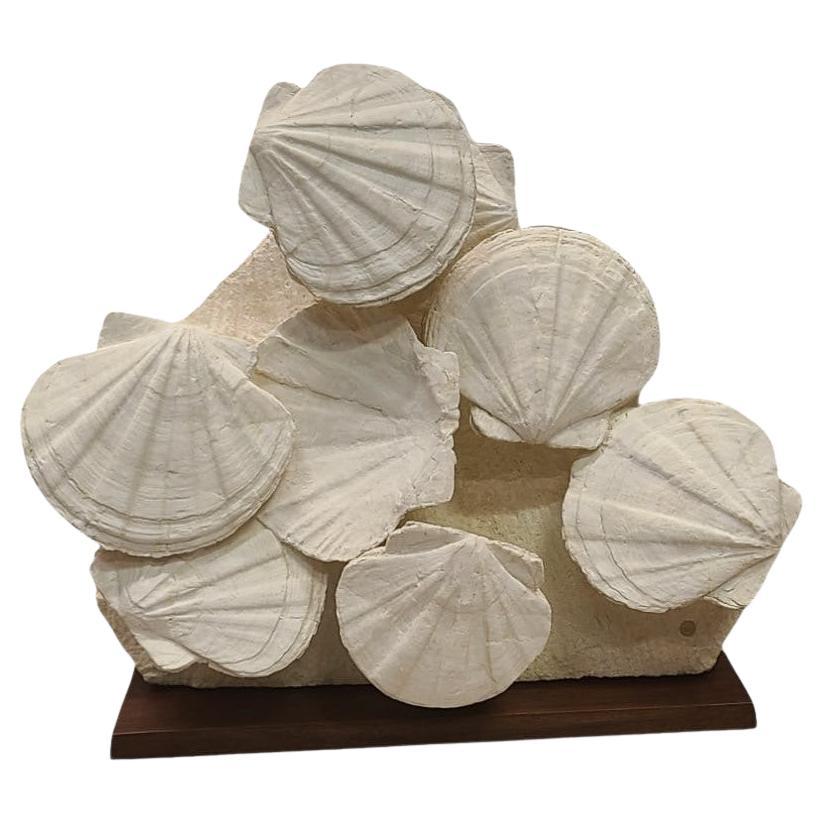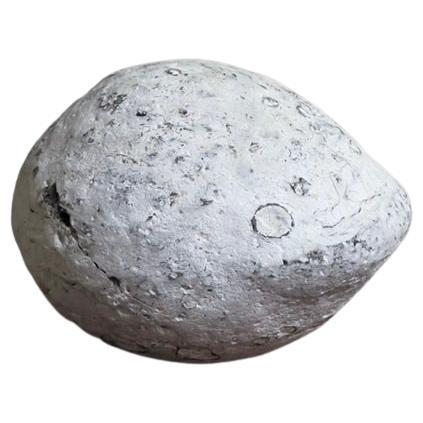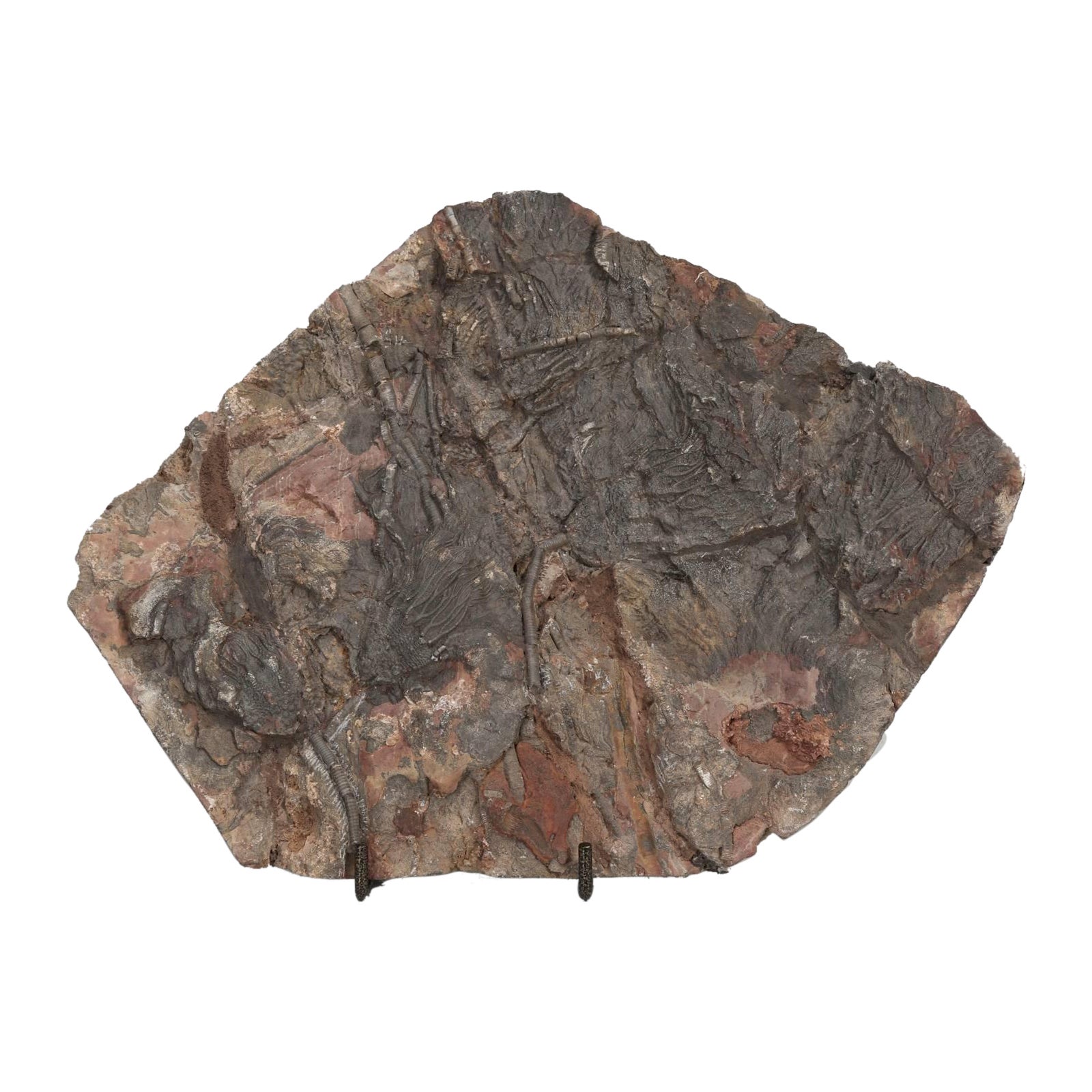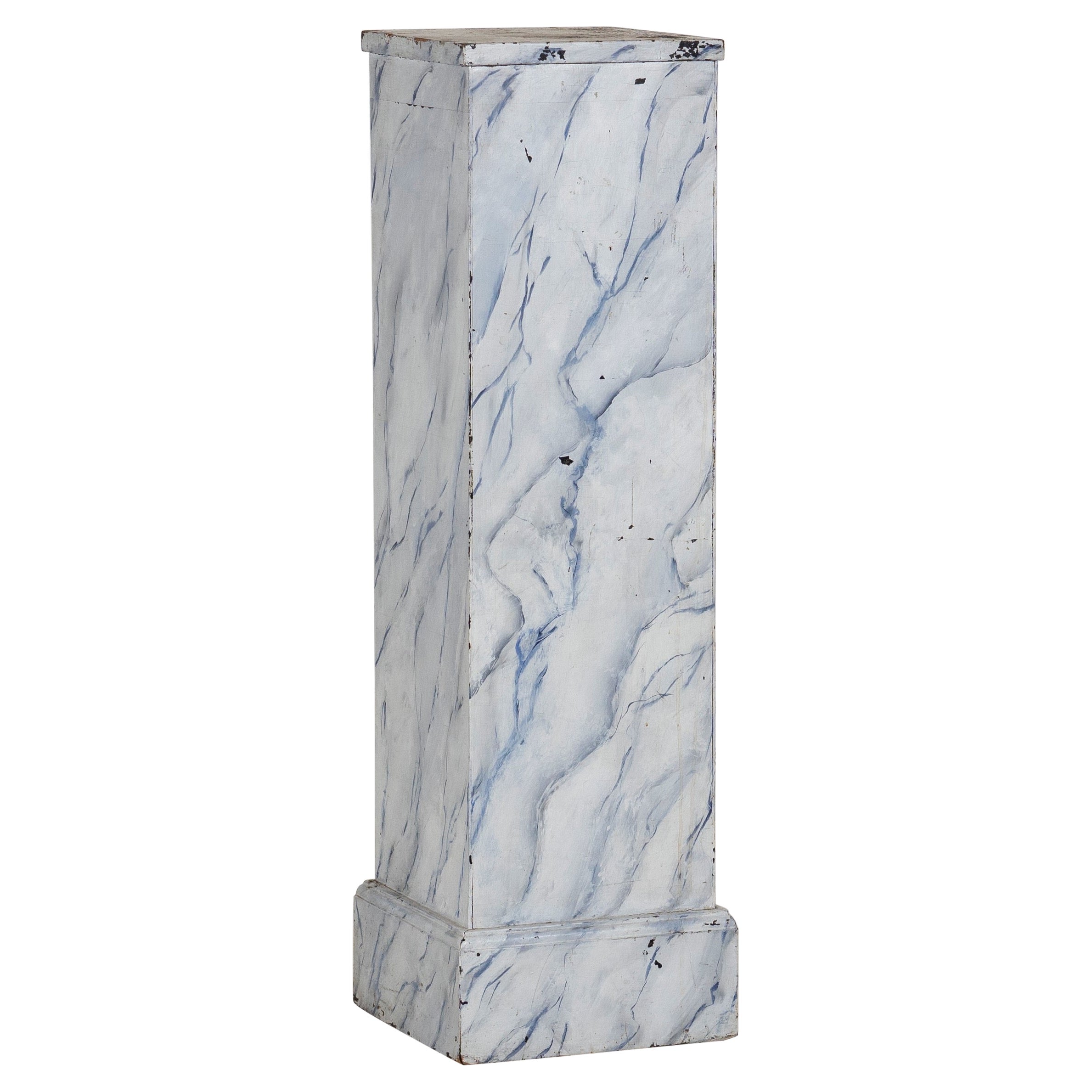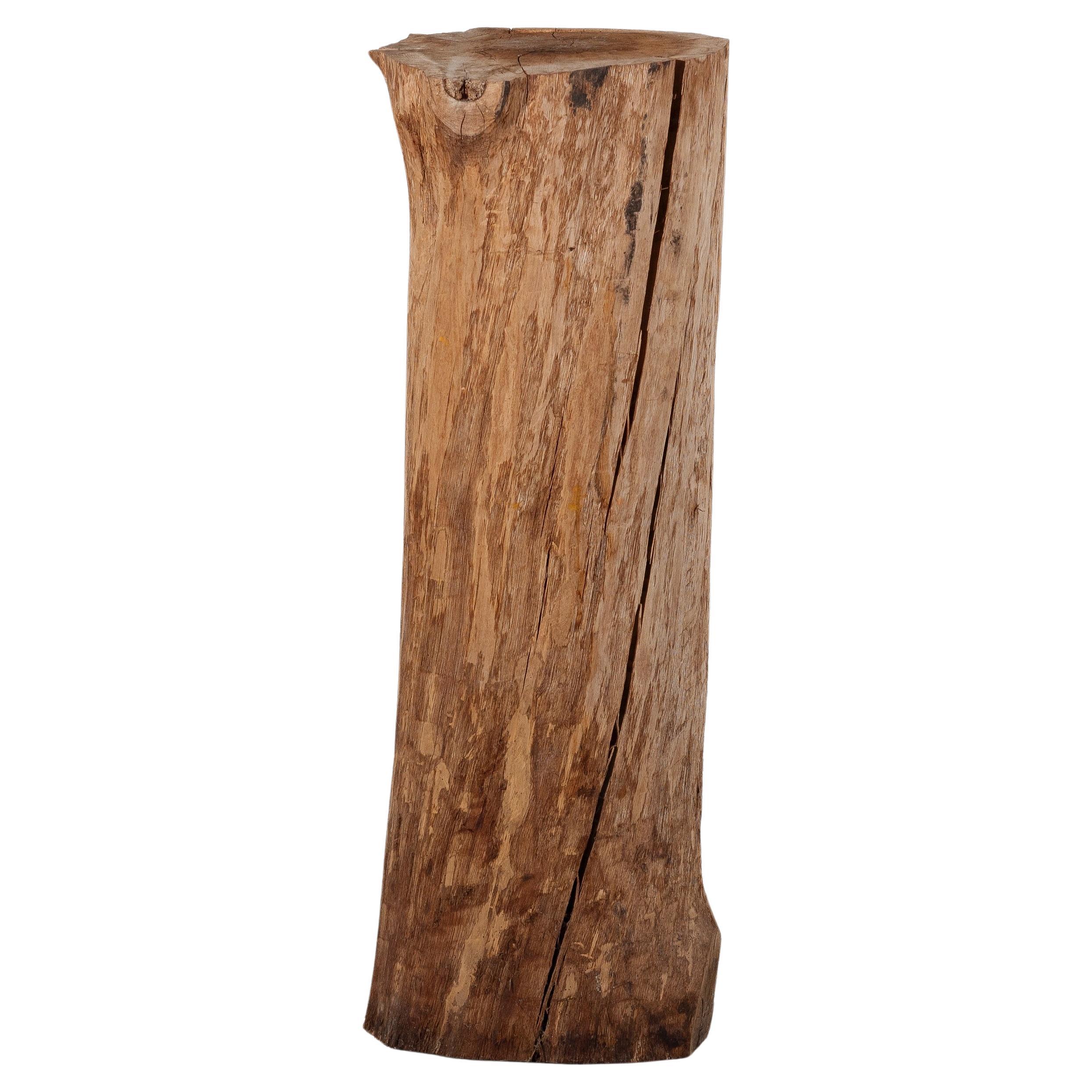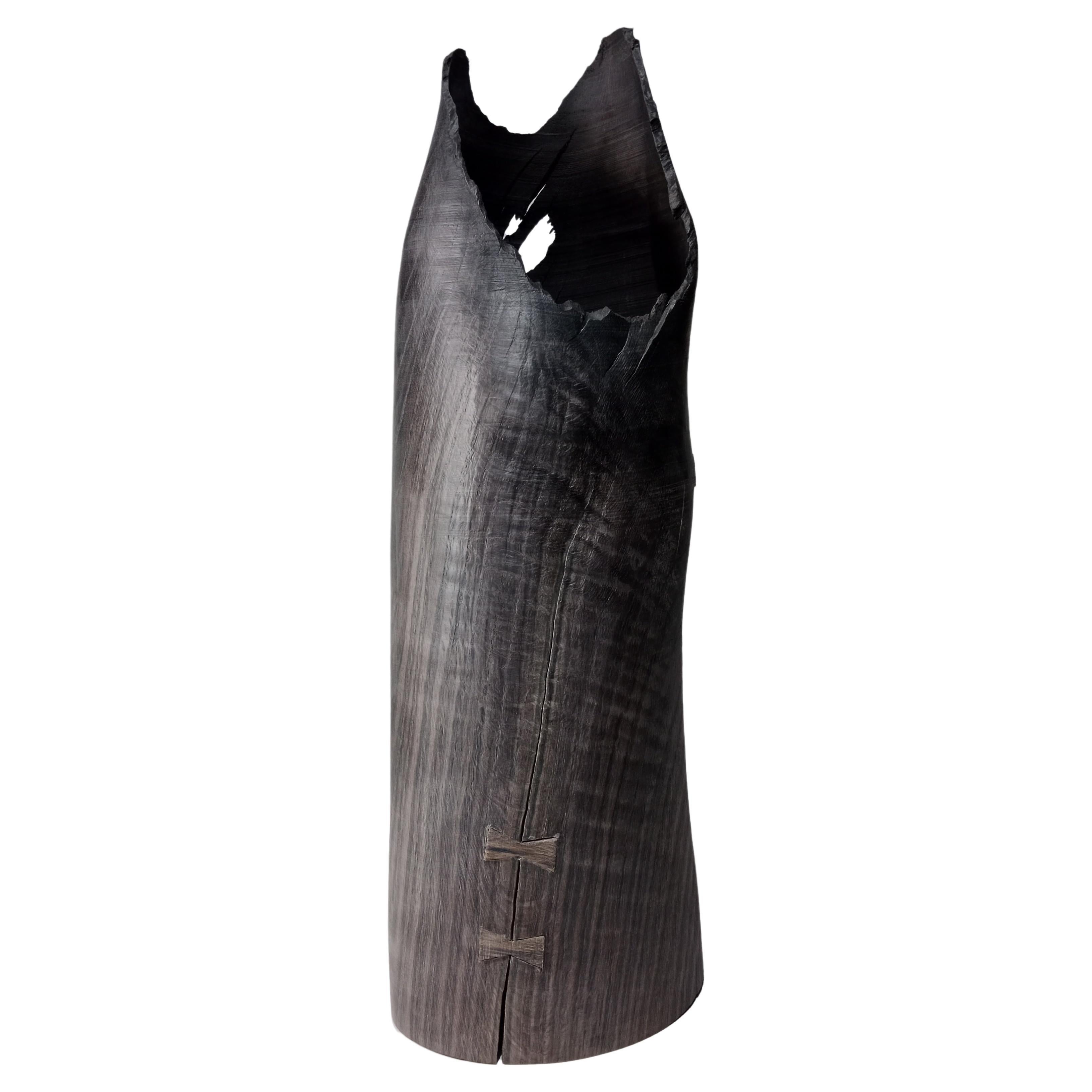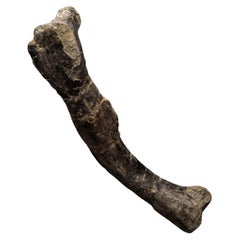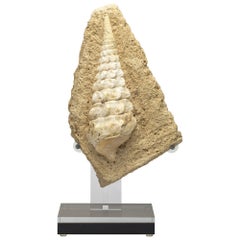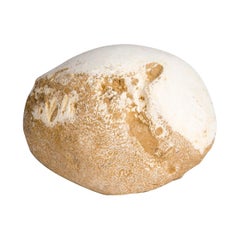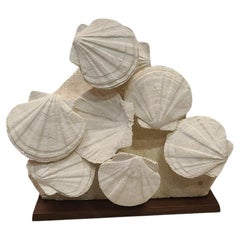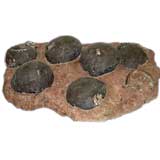
Nest of six Hadrosaur dinosaur eggs - 65-144 Million Years Old
View Similar Items
1 of 1
Nest of six Hadrosaur dinosaur eggs - 65-144 Million Years Old
About the Item
FOR MORE INFORMATION, PLEASE VISIT WWW.CONNOISSEURANTIQUES.COM
- Dimensions:Height: 16 in (40.64 cm)Diameter: 23 in (58.42 cm)
- Place of Origin:
- Period:
- Date of Manufacture:Mineral Specimen
- Condition:Good - Some chips.
- Seller Location:Los Angeles, CA
- Reference Number:Seller: 45791stDibs: U0804297950636
Authenticity Guarantee
In the unlikely event there’s an issue with an item’s authenticity, contact us within 1 year for a full refund. DetailsMoney-Back Guarantee
If your item is not as described, is damaged in transit, or does not arrive, contact us within 7 days for a full refund. Details24-Hour Cancellation
You have a 24-hour grace period in which to reconsider your purchase, with no questions asked.Vetted Professional Sellers
Our world-class sellers must adhere to strict standards for service and quality, maintaining the integrity of our listings.Price-Match Guarantee
If you find that a seller listed the same item for a lower price elsewhere, we’ll match it.Trusted Global Delivery
Our best-in-class carrier network provides specialized shipping options worldwide, including custom delivery.You May Also Like
Dryosaurus Altus Dinosaur Femur Fossil // 150 Million Years Old
Located in New York, NY
This is the well preserved and fully intact fossilized femur of a Dryosaurus altus, found in Emery County, Utah within the famous fossil-rich Morrison Formation spanning much of the ...
Category
Antique 15th Century and Earlier American Natural Specimens
Materials
Other
500 million years old fossil Gastropods mounted on custom acrylic base
By Pietra Gallery
Located in Polanco, CDMX
Origin: Africa
Kingdom: Animalia
Phylum: Mollusca
Class: Gastropoda
Period: 500 million years old
Gastropods are truly fascinating in their diversity and adaptations. Their ability ...
Category
2010s Mexican Organic Modern Mounted Objects
Materials
Acrylic
Dinosaur Egg In the Style of God for Nature
Located in Sagaponack, NY
A fossilized dinosaur egg.
Category
21st Century and Contemporary Unknown Animal Sculptures
Materials
Stone
Group of fossil shell scallops, France, Burdigalien era, -20millions Years
Located in MARSEILLE, FR
This unique fossil piece of scallops (also called Saint Jacques shells, or scientifically : gigantopecten restitutensis) is from around 20 millions years ago. It was found in the sou...
Category
2010s French Natural Specimens
Materials
Stone, Limestone
Fossilised Skull of Prehistoric Marine Reptile the Mosasaur, 70Million Years Ago
Located in Puglia, Puglia
Upper Cretaceous, about 70-65 million years ago (Maastrichtian)
Morocco
The skull is reconstructed in good proportions with fossil pieces found in a phosphate mine in Morocco.
I att...
Category
Antique 15th Century and Earlier African Natural Specimens
Materials
Bone
$26,413 Sale Price
20% Off
500 Million Yrs old Fossil Trilobite
Located in Scorton, GB
The extraordinary fossil Harpes trilobite, measuring eight four millimetres overall, is a wonderfully articulated and fine specimen. Exotic trilobites have influenced some of the most iconic sci-fi films and helped shape the structure of some of the most sophisticated architectural buildings in modern times.
The Harpes trilobite, with its unique patterning and streamlined aesthetic, is a species that never fails to intrigue. Its wide, heavily pitted brim, fringe with a curled rim, and elegant taper to the point of both cephalon long spines make it a true enigma. The eyes set back high on the glabella, and the well-defined thoracic segments add to its allure for inquiring minds.
With reference once more to the Martian-looking brim, this wide brim with innumerable pitting could have aided the invertebrate lift, much like a hydrofoil. Again, this is the theory at this time.
Palaeontologists theorise the possible functions of these anatomical features, either being a wide sieve to filter bottom sediments for food or to detect movement, a sensory organ.
Over the 250,000,000-year range of the trilobites, many different morphological adaptions developed from free swimmers to bottom sifters. The expanded and pitted cephalic fringe, a distinct anatomical development seen in harpetids and trinucleids types, including the Harpes trilobite, is a significant area of study in palaeontology. This species, featured in a beautifully designed lucite display case...
Category
Antique 15th Century and Earlier North African Prehistoric Natural Speci...
Materials
Limestone
Recently Viewed
View AllMore Ways To Browse
Dinosaur Egg
Horse On Base
Lion Mount
Large Black Animal Sculpture
Large Wood Birds
Plinth For Sculpture
Antique Roman Gold
Vintage Metal Birds
Figural Bronze Furniture Mounts
1960s Modern Figurative Sculpture
Animal Bronze 19th Century
Mid Century Bird Sculpture
Gold Horn
Wood Carved Man
Marble Woman
Parrot Furniture
14th Century Furniture
Painted Oriental Furniture

